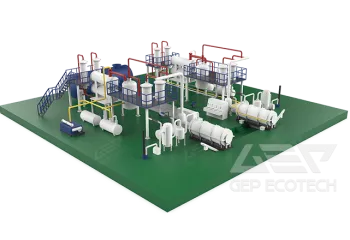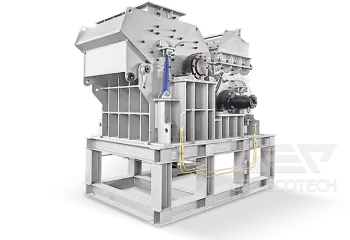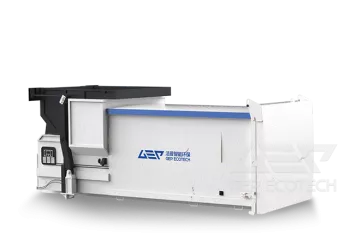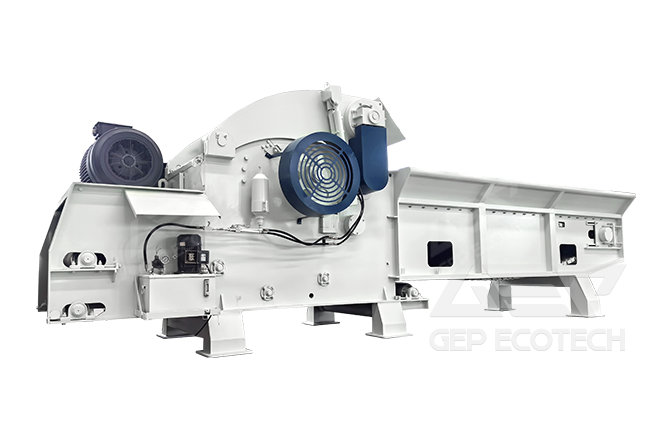The treatment of solid waste usually refers to the process of converting solid waste into suitable transportation, storage, utilization, or disposal using physical, chemical, biological, physicochemical, or biochemical methods. The goal of solid waste treatment is harmless, reduced, and resourceful. The treatment technologies for solid waste mainly include compaction technology, crushing technology, sorting technology, solidification technology, incineration and pyrolysis technology, and biological treatment technology.
01. Compaction Technology
Compaction is a pre-treatment technology that reduces the volume of solid waste, reduces transportation costs, and prolongs landfill life. It is suitable for compacting solid waste that reduces volume, such as cars, cans, plastic bottles, etc., and is usually first used for compaction treatment. Some waste materials that may cause operational problems, such as tar, sludge, or liquid materials, are generally not suitable for compaction treatment.
02. Crushing Technology
In order to reduce the appearance of solid waste entering incinerators, landfills, and composting systems, it is necessary to pre crush the solid waste. The solid waste after crushing treatment, due to the elimination of large voids, not only has a uniform size, but also a uniform texture.
There are many methods for crushing solid waste, including impact crushing, shear crushing, extrusion crushing, friction crushing, etc. In addition, there are proprietary low-temperature crushing and mixed crushing. Among them, the most widely used and effective solid waste crusher is the shear crusher. For example, the GD series double-shaft shredder produced by GEP Ecotech has high quality and efficiency, which can easily deal with old furniture, old sofas, old mattresses, plastic waste, etc Solid waste such as leather scraps, waste household appliances, waste tires, and crop straw.
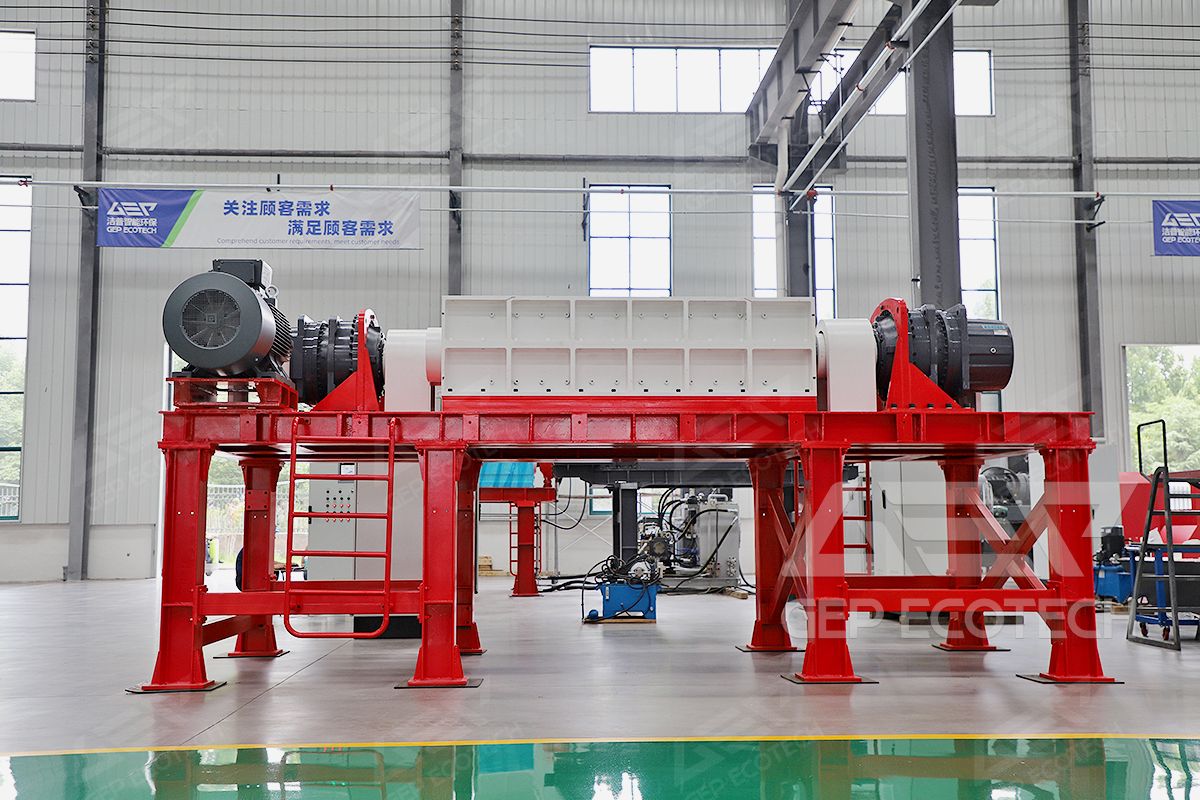
03. Sorting Technology
Sorting is an important means to achieve the resource utilization and reduction of solid waste. By sorting, valuable parts are sorted out and utilized, and harmful parts are fully separated; Solid waste with different particle sizes can also be separated. The basic principle of sorting is to use the differences in certain characteristics of materials to separate them. For example, RCYD magnetic separator that use magnetic and non magnetic differences in solid waste for separation, GZS roller screen that use particle size differences for separation, and GFX wind sifter that use specific gravity differences for separation are commonly used and effective equipment in solid waste separation.
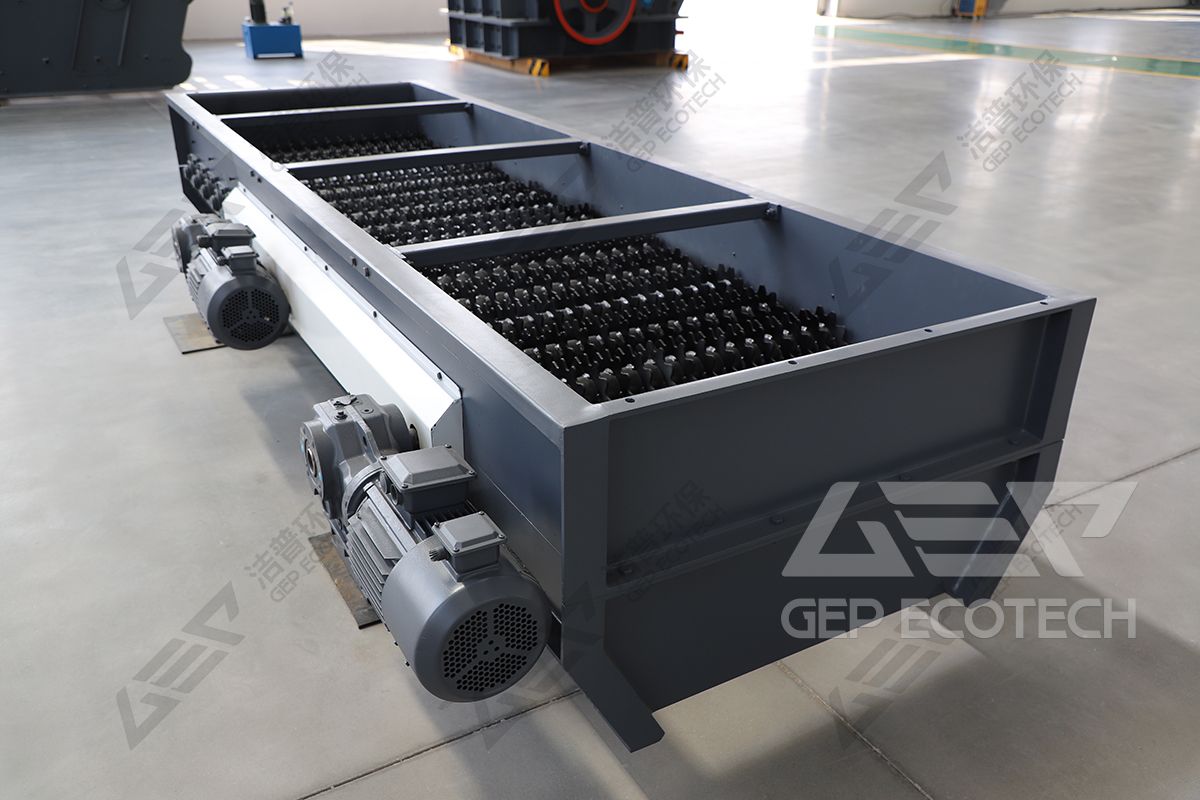
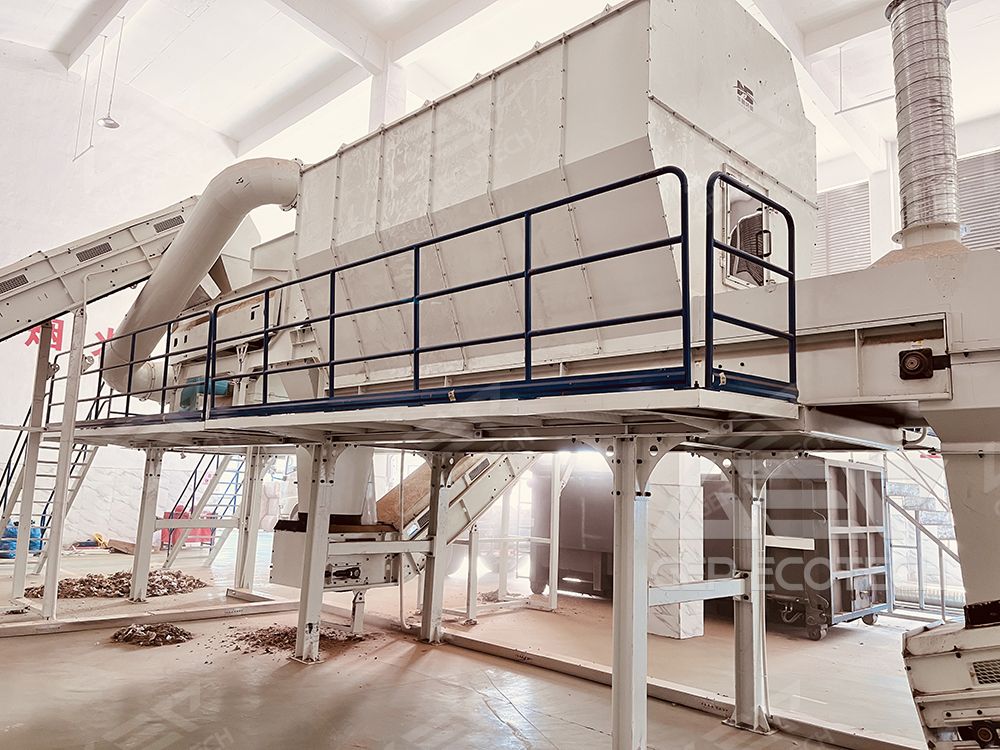
04. Curing Technology
Solidification technology is a harmless treatment process that involves adding a solidification substrate to solid waste to fix or contain harmful solid waste in an inert solidification substrate. The cured product after treatment has good impermeability, mechanical properties, leaching resistance, dry and wet resistance, and freeze-thaw resistance. The curing treatment can be divided into sedimentation curing, asphalt curing, glass curing, resin curing, etc. according to the different types of curing substrates.
05. Incineration And Pyrolysis Technology
The incineration method is a comprehensive treatment process of high-temperature decomposition and deep oxidation of solid waste, with the advantage of decomposing a large amount of harmful solid waste into harmless substances. Due to the increasing proportion of combustible materials in solid waste, the use of incineration methods to treat solid waste and utilize its thermal energy has become a development trend.
Pyrolysis is the process of heating solid waste at high temperatures (1000 ℃ -1200 ℃) under anaerobic or anaerobic conditions to decompose it into three types of products: gas, liquid, and solid. Compared with incineration, pyrolysis is a more promising treatment method. Its most significant advantage is that it has less infrastructure investment and the gas generated after pyrolysis can be used as fuel.
06. Biological Treatment Technology
Biological treatment technology is the use of microorganisms to decompose organic solid waste and convert it into energy, food, feed, and fertilizer. It can also be used to extract metals from waste and residue. It is an effective technology method for solid waste resource utilization, and is widely used in composting, biogas production, sugar production from waste cellulose, feed production from waste fiber, and biological leaching.


